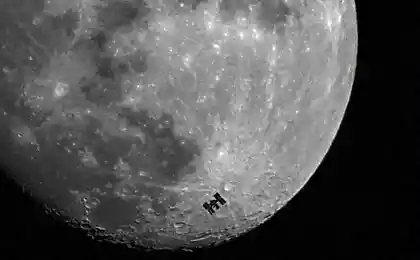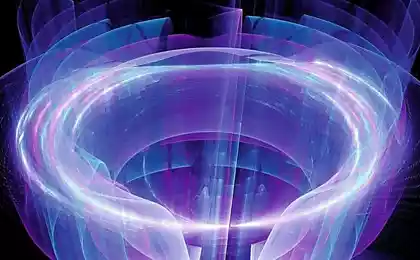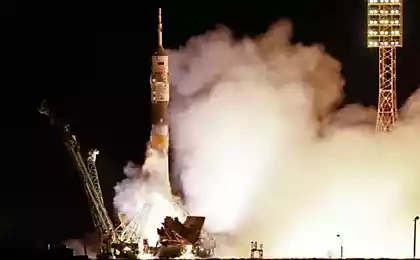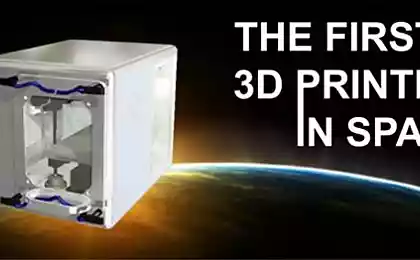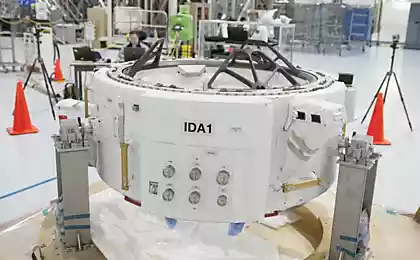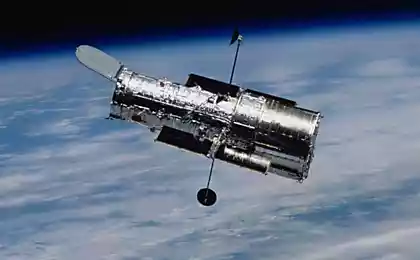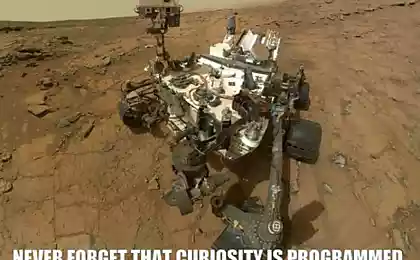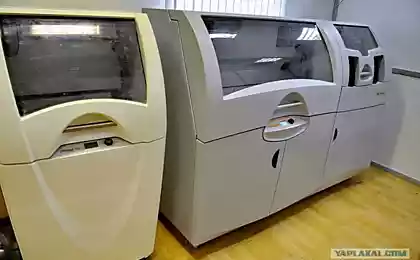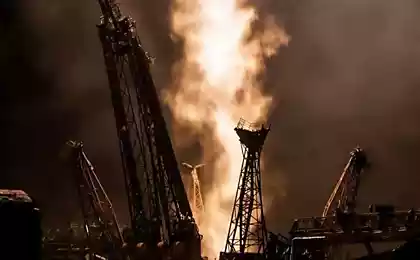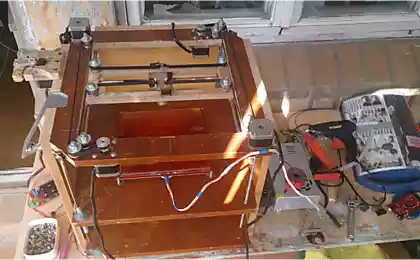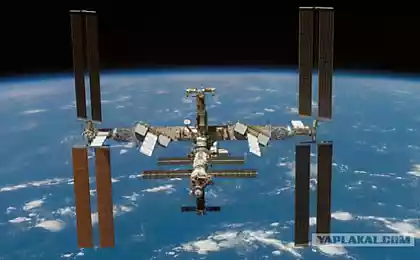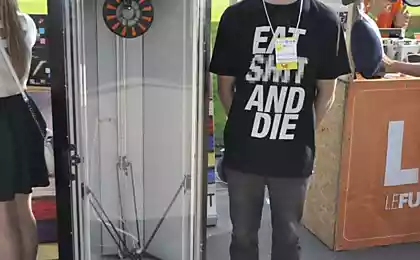1089
The first space 3D-printer is delivered to the ISS
Several days ago, the next flight space truck SpaceX Dragon International Space Station together with more than two tons of payload of another был delivered to the 3D-printer , specially designed to work in zero gravity. 3D-printing - a very promising technology for space where you can not prompt shipment or storage of large stocks of spare parts and tools. Ability to print any item or device directly on board the space station is difficult to overestimate, especially on long space missions, where deliveries are not possible with the Earth at all. But before you use the printed parts, it is necessary to make sure that the printer can work normally in microgravity - because of the reliability of his work life may depend astronauts.
Sending the printer on the ISS - the final stage of his trial, which lasted several years. Before this cosmic printer investigated in laboratories and on board an aircraft of a special NASA, which briefly appears weightless in flight on a ballistic trajectory, as well as in a centrifuge, where simulated overload during the launch of the rocket. Preliminary tests were successful, and now the printer will print on the ISS 21 test item. Printed items are returned to the earth and subjected to thorough investigation. If the results meet the specialists NASA astronauts will begin the practical use of the printer.
On the technical characteristics of the printer, created by Made in space, little is known. The principle of its operation is the same as that of the most common printers that layer by layer extruded from molten plastic nozzle. The printer of this type can operate in zero gravity with minimal design changes, whereas, for example, a printer on the basis of laser sintering or stereo lithography require additional steps to distribute the powder or liquid resin in the workspace. Furthermore, the space station are much safer and easier to work with hard plastic consumables than metal powder or liquid resin.
Experiment with 3D-printing in the space devoted to a separate page Online NASA . In the near future it will have posted a preview of the results.
Source: habrahabr.ru/post/238309/
Sending the printer on the ISS - the final stage of his trial, which lasted several years. Before this cosmic printer investigated in laboratories and on board an aircraft of a special NASA, which briefly appears weightless in flight on a ballistic trajectory, as well as in a centrifuge, where simulated overload during the launch of the rocket. Preliminary tests were successful, and now the printer will print on the ISS 21 test item. Printed items are returned to the earth and subjected to thorough investigation. If the results meet the specialists NASA astronauts will begin the practical use of the printer.
On the technical characteristics of the printer, created by Made in space, little is known. The principle of its operation is the same as that of the most common printers that layer by layer extruded from molten plastic nozzle. The printer of this type can operate in zero gravity with minimal design changes, whereas, for example, a printer on the basis of laser sintering or stereo lithography require additional steps to distribute the powder or liquid resin in the workspace. Furthermore, the space station are much safer and easier to work with hard plastic consumables than metal powder or liquid resin.
Experiment with 3D-printing in the space devoted to a separate page Online NASA . In the near future it will have posted a preview of the results.
Source: habrahabr.ru/post/238309/
